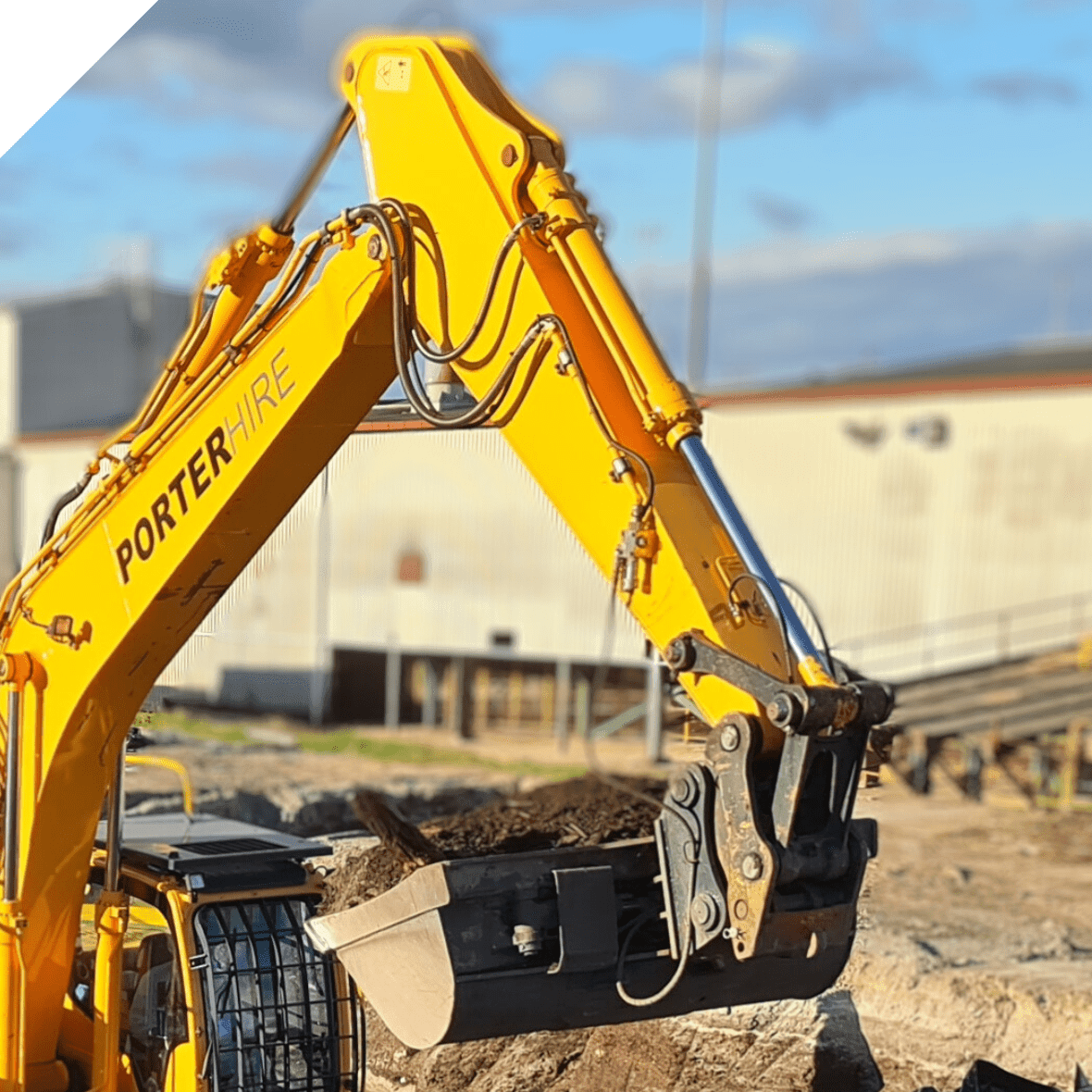ASBESTOS &
DEMOLITION FAQs

SIMPLIFYING NZ ASBESTOS REMOVAL & DEMOLITION
From the bustling streets of Auckland to the serene landscapes of Waikato, Bay Of Plenty, and Hawkes Bay, we've got your questions covered. Dive into our comprehensive FAQs to stay informed and safe.
FAQs
ASBESTOS & DEMOLITION QUERIES
Why is asbestos considered hazardous?
Asbestos is a naturally occurring mineral once favoured in construction for its insulating and fire-resistant qualities. However, when materials containing asbestos deteriorate or are disturbed, they release minuscule fibres into the air. If inhaled, these fibres can lodge in the lungs, leading to long-term health complications. Over extended exposure, these fibres can result in inflammation, scarring, and severe health conditions like asbestosis, lung cancer, and mesothelioma.
How can I identify asbestos in my home or building?
It's tricky to pinpoint asbestos just by looking, especially as it was often blended with other materials. Older homes might contain asbestos in insulation, roofing tiles, floor tiles, and cement products. If you're unsure, the safest route is to engage a professional asbestos inspector. They can take samples and have them laboratory-tested to confirm asbestos presence.
Is it safe to remove asbestos by myself?
No, it's not recommended. Asbestos removal demands specific safety protocols to prevent the release and inhalation of its harmful fibres. Professionals utilise specialised equipment, don protective gear, and adhere to strict guidelines to ensure the safe removal and disposal of asbestos. Attempting to remove it yourself can pose significant health risks to you and others nearby.
What's the difference between Class A and Class B asbestos removal?
Class A asbestos removal pertains to friable asbestos, which can easily crumble or be reduced to powder, making it highly airborne and dangerous. This category encompasses both friable and non-friable asbestos. In contrast, Class B covers only non-friable asbestos, which remains more stable and is less likely to release fibres unless disturbed.
How is the cost of a demolition project determined?
Several factors influence the cost of a demolition project. These include the structure's size, its location, the materials used in its construction, and the presence of hazardous materials like asbestos. Additionally, site accessibility, potential recycling or salvaging opportunities, and local regulations can also impact the overall cost.
What happens to the debris after demolition?
Post-demolition, debris undergoes sorting. Recyclable materials, such as concrete, metals, and bricks, are separated for repurposing or resale. Non-recyclable materials are sent to landfills. Hazardous materials, like asbestos, are managed with special care and disposed of in line with strict regulations to ensure environmental and public safety.
Can parts of a building be salvaged during demolition?
Certainly. Many building components, including bricks, wooden beams, doors, windows, and fixtures, can be salvaged for reuse or sale. This approach is not only environmentally friendly but can also help offset some of the demolition costs.
Do I need a permit for demolition?
In most areas, a permit is required before commencing any demolition work. This ensures the demolition adheres to local regulations and is carried out safely. Before starting, it's essential to consult local authorities, understand the requirements, and secure the necessary permits.
How long does a typical demolition process take?
The duration of a demolition varies based on several factors. A small residential property might only take a few days, while larger commercial structures or those with hazardous materials can span weeks. The timeline also hinges on the demolition method and any unforeseen challenges encountered.
Why is it essential to conduct a site survey before demolition?
A site survey is a preliminary step that offers a comprehensive understanding of the site. It identifies potential challenges, such as hazardous materials, structural complexities, and nearby utilities. This information is vital for planning a safe, efficient, and budget-friendly demolition. It also aids in determining the best demolition method and any necessary precautions.


